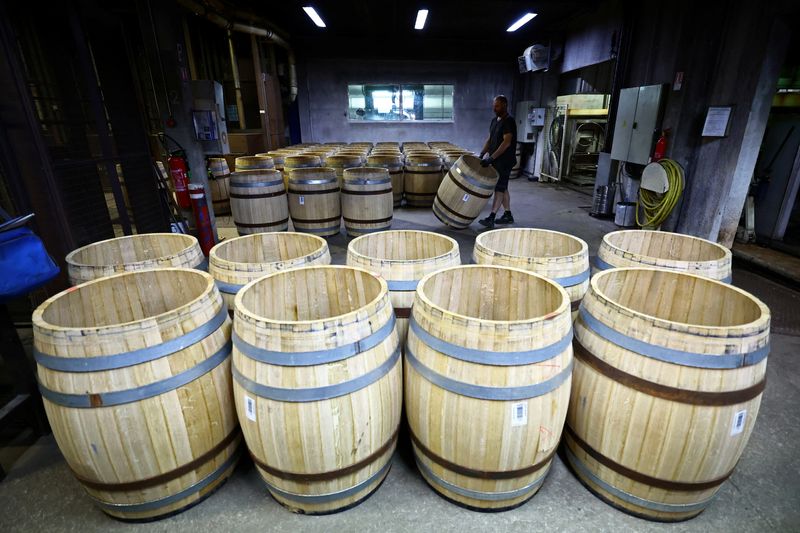Cost behaviour refers to how costs change in response to changes in activity levels or production volumes. It describes the relationship between costs and the company’s activity levels or production output. Understanding cost behaviour is crucial for companies to forecast, budget, manage costs and make informed decisions about pricing, production levels, and profitability.
A classification of cost behaviour that is crucial in managerial accounting is semi-variable cost.
What are Semi-Variable Costs?
Semi-variable costs are a type of cost classification that refers to costs that have both fixed and variable components. These costs have a fixed portion that remains constant regardless of the activity level and a variable part that changes with that level. Typically, the fixed component represents the expense that does not change even if there is no activity or production. In contrast, the variable portion varies based on the volume or level of activity.
Companies must identify and separate fixed and variable components of semi-variable costs to properly allocate and manage expenses, determine break-even points, and make pricing and production decisions. Understanding the nature of semi-variable costs is crucial for effective cost control and financial management in various industries and company operations.
How do Semi-Variable Costs work?
Semi-variable costs are a type of cost classification that combines elements of fixed and variable costs. The fixed portion of a semi-variable cost is a set expense that a company incurs regardless of the activity level. It does not change with changes in production or activity levels. Examples of fixed portions of semi-variable costs may include equipment lease payments, insurance premiums, or annual licensing fees.
The variable portion changes in direct proportion to changes in activity levels. It increases with higher activity levels and decreases with lower levels of activity. Examples of variable portions of semi-variable costs may include labour, utility, or raw material costs. Some costs may have a higher fixed portion and a smaller variable portion, while others may be the opposite.
How to calculate the fixed and variable portions of Semi-Variable Costs?
A common approach to estimating the fixed and variable components of a semi-variable cost is the high-low method. While there are other methods to calculate it, the high-low method is more straightforward. However, it may require some historical analysis. There are several steps included in the process, detailed below.
- Identify the high and low levels of activity
- Determine the total costs for those activities
- Calculate the variable cost per unit
- Calculate the fixed cost
Based on the above, the variable cost formula for the high-low method is:
Variable cost = (Highest activity cost – Lowest activity cost) / (Highest activity units – Lowest activity units)
Similarly, the fixed cost formula for the high-low method is as below.
Fixed cost = Highest activity cost – (Variable cost x Highest activity units)
Conclusion
Semi-variable costs are a type of cost classification based on cost behaviour. It is a combination of both fixed and variable costs. In other words, it has a fixed and variable element that constitutes the semi-variable cost. Companies can estimate these costs using the high-low method. Semi-variable costs are prevalent in many areas of the company.
Further questions
What's your question? Ask it in the discussion forum
Have an answer to the questions below? Post it here or in the forum




